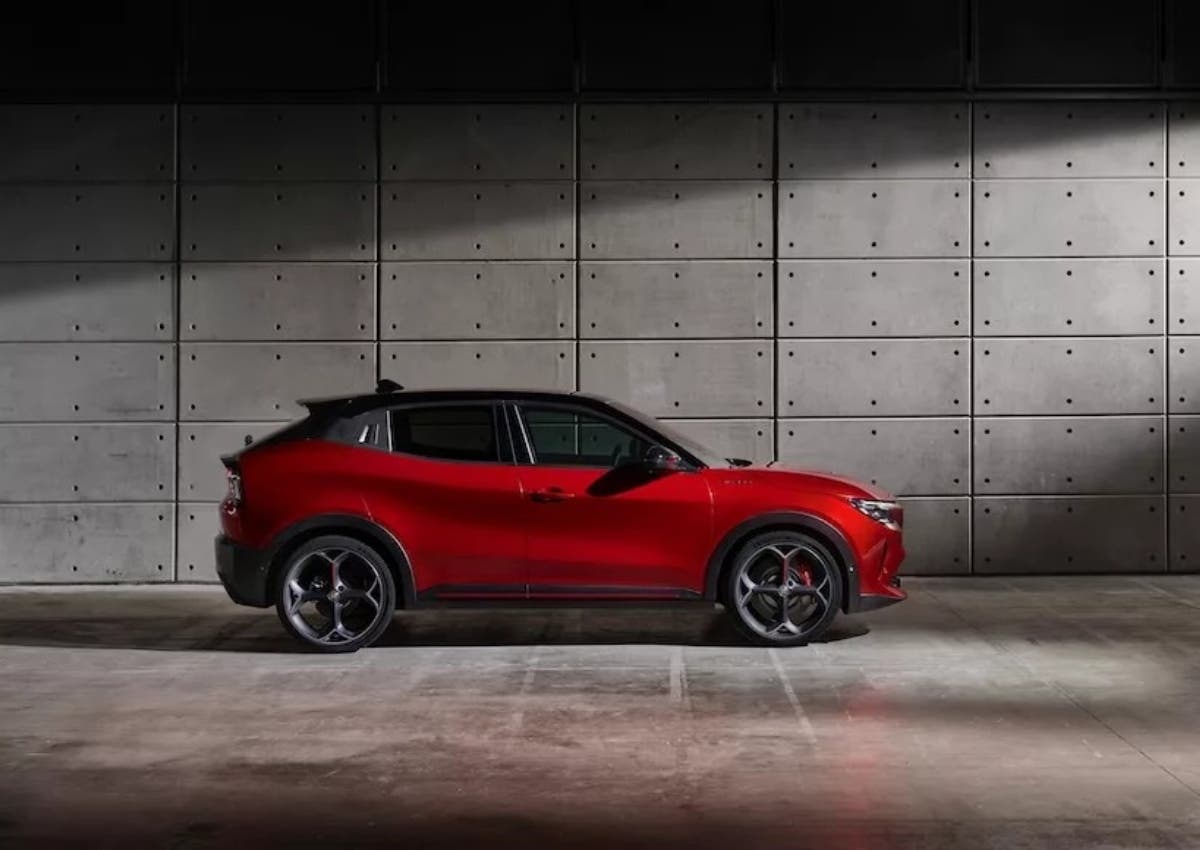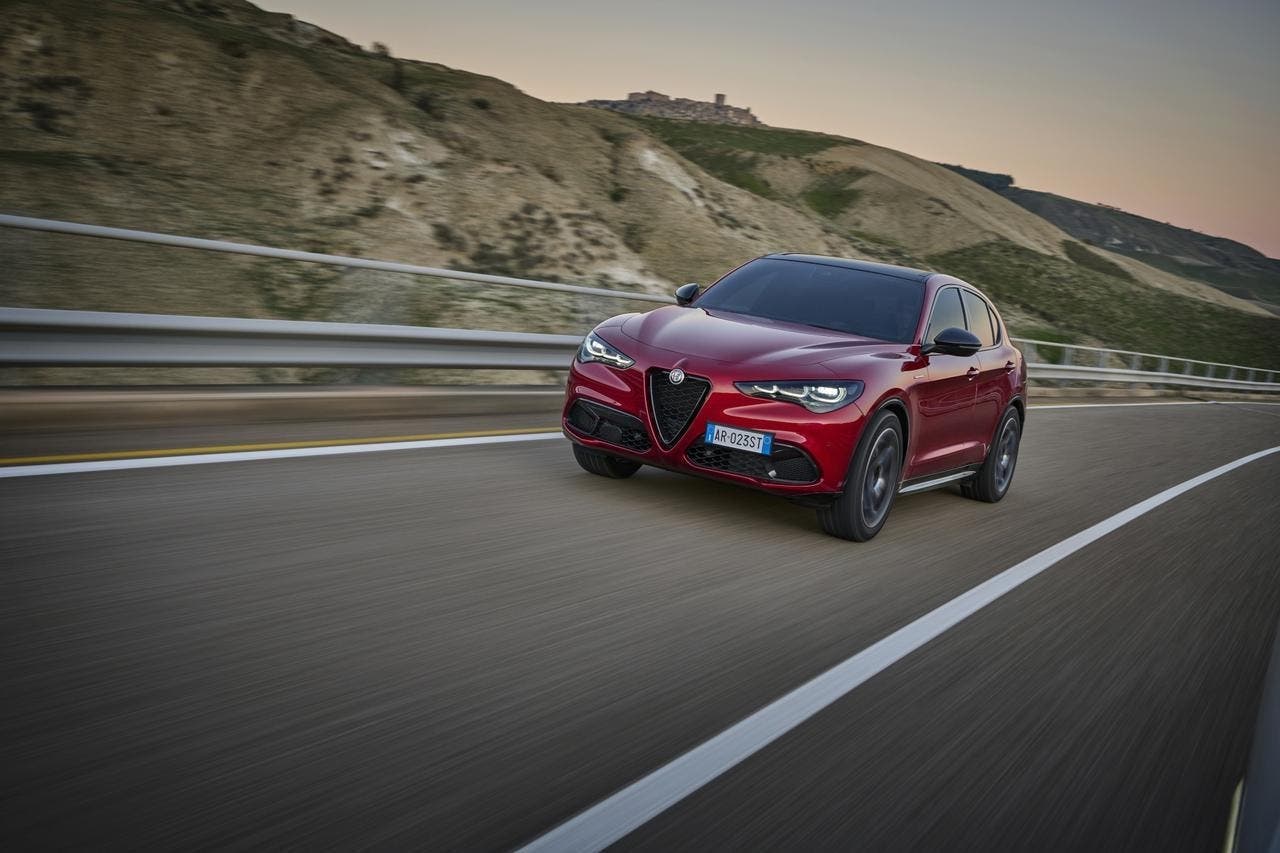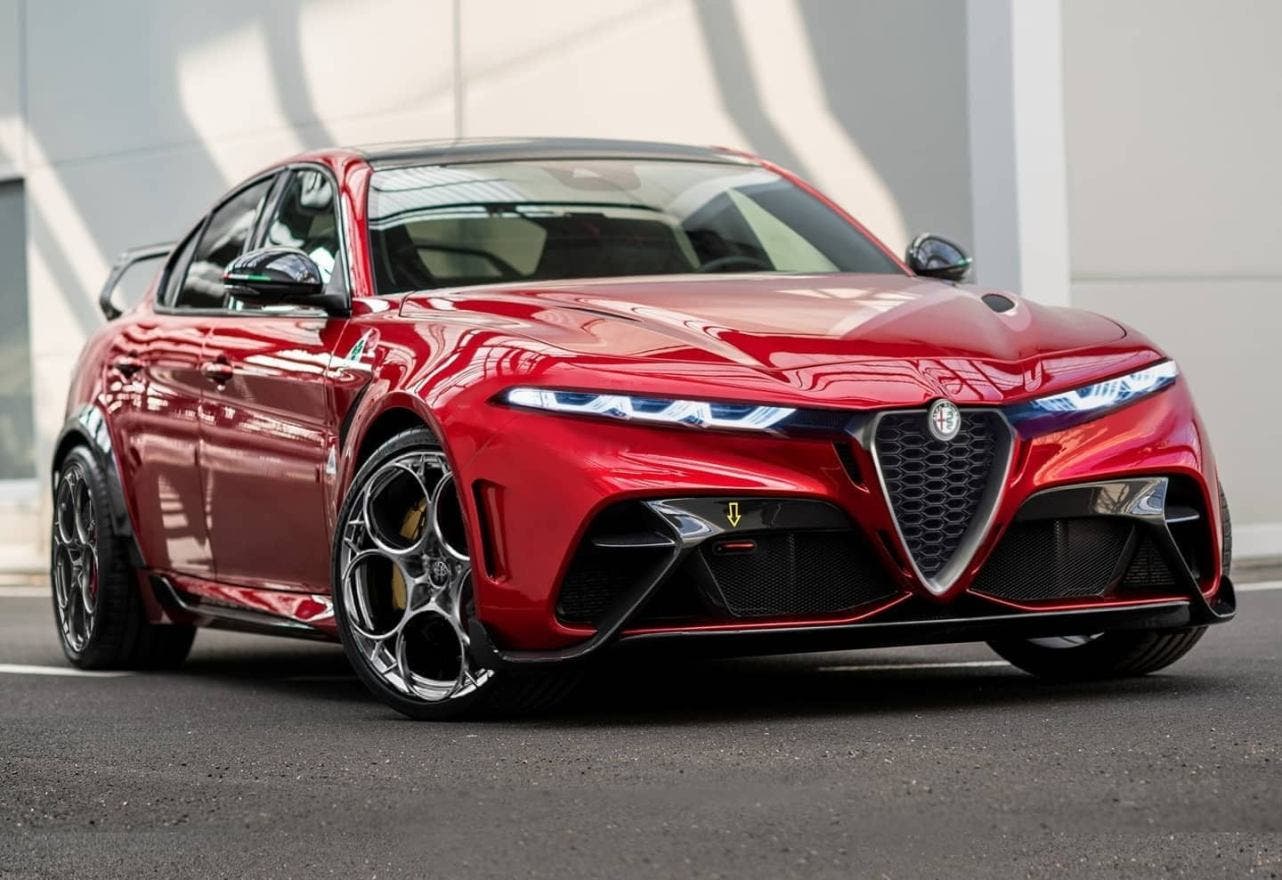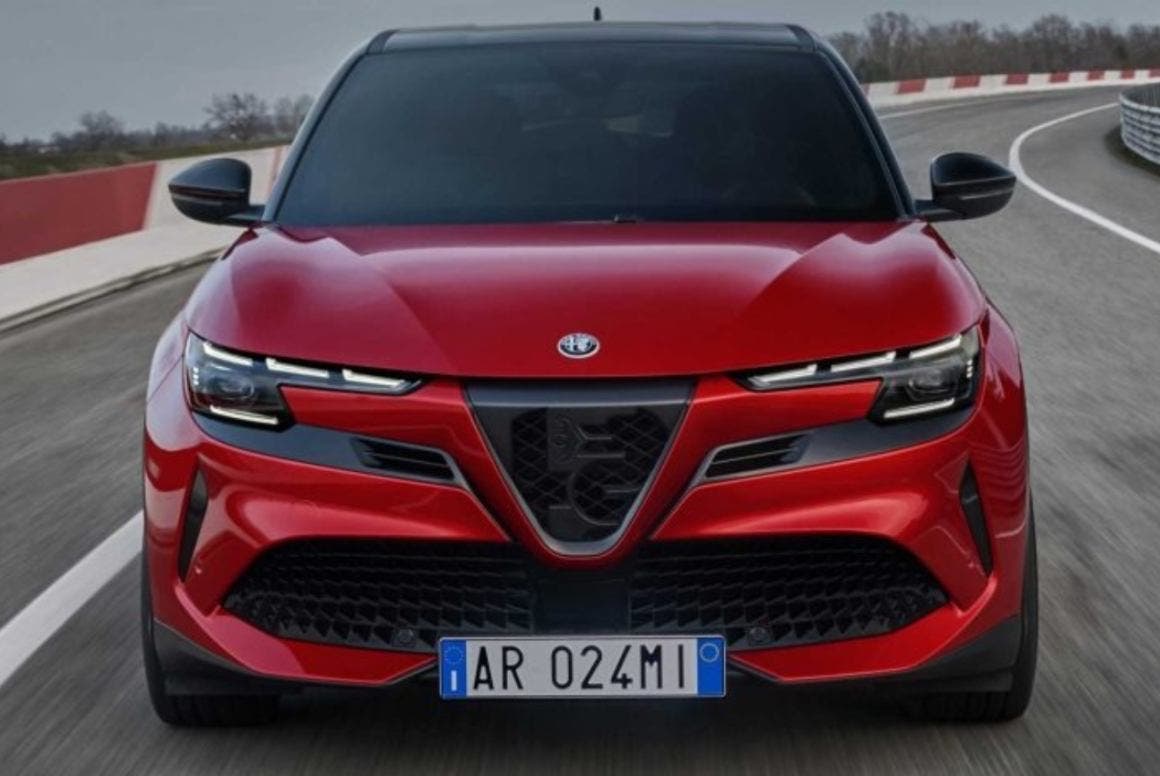Alfa Romeo is in a phase of an evolution, with significant changes expected especially for 2025 and 2026. In 2025, the launch of the new generation of the Alfa Romeo Stelvio is expected, followed in 2026 by the arrival of the new Alfa Romeo Giulia. A relevant aspect of this transformation is the decision to offer both models exclusively in fully electric versions. However, if this strategy were to be confirmed, it would not be without risks.
Alfa Romeo is betting everything on electric: isn’t this a risky move?

This assessment doesn’t come from opponents of electrification, but is based on concrete data. According to statistics provided by Jato Dynamics, Alfa Romeo recorded global sales of only 69,500 vehicles in 2023. Although this represents a 33% increase compared to 2022, we’re talking about very low numbers. The Alfa Romeo Tonale has established itself as the brand’s flagship model, with 38,400 units registered. This result remains considerably lower than the sales volumes of the main competitors in the segment. Models like the BMW X1, Volvo XC40, and Range Rover Evoque continue to dominate the market with significantly higher numbers.
It should be remembered that Alfa Romeo’s CEO, Jean-Philippe Imparato, has repeatedly expressed the brand’s ambition to compete on par with the main European premium car manufacturers. However, in light of current data, this goal still seems very distant.
Alfa Romeo‘s decision to pursue a fully electric strategy seems to make the path to success even more challenging. The timing of this strategy could prove premature compared to current market conditions and industry trends. This consideration gains more weight in light of recent moves by numerous car manufacturers, who are reconsidering their initial plans on electric. Among these is Mercedes, which recently announced further investments in internal combustion engines.

Another critical factor to consider is Alfa Romeo’s fan base. The brand is historically loved by motorsport purists, who particularly appreciate the traditional characteristics of Biscione cars, such as the engine sound and the performance of “traditional” engines. The transition to an exclusively electric range could therefore alienate this important segment of loyal customers.
The Giulia and Stelvio models, pillars of the current Alfa Romeo range, are already recording a significant decline in sales. A sudden shift to electric, without adequately considering the preferences of traditional customers and market trends, could accelerate this negative trend rather than reverse it. A more balanced strategy for Alfa Romeo could be to maintain a two-pronged approach, developing both electric and hybrid models in parallel.

This approach, already adopted for the Alfa Romeo Junior, would allow the brand to satisfy both the needs of the emerging electric market and those of more traditional customers. To give another example, staying on the Stellantis theme, there’s Jeep. Especially in the US market, it intends to flank its electric cars with hybrid versions, to satisfy all customers. A more cautious and gradual approach could only be advantageous for Alfa Romeo, progressively guiding its clientele towards 2035, the year when the ban on the sale of new internal combustion cars in the European Union is expected.

